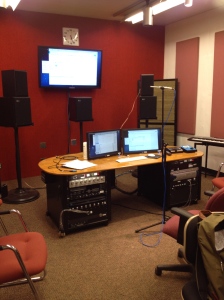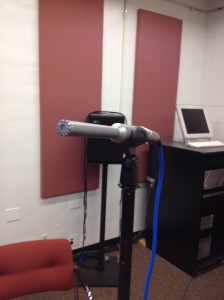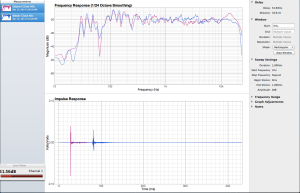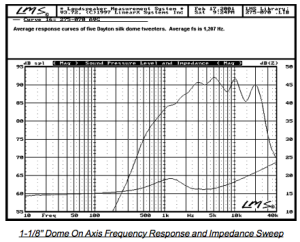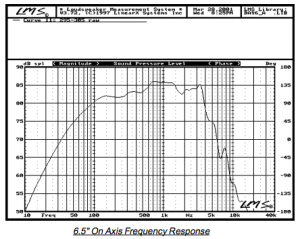It is difficult to measure the frequency response of speakers because microphones do not have a flat frequency response, and the resonate frequencies of a room make some frequencies louder than others. However, if we keep these variables consistent, we can learn about the performance of a pair of speakers by comparing them with other monitors using the same room and the same microphone.
The image above shows the frequency response of my BR-1and a Meyer Sound speaker which I believe was an HD 1. These measurements were made with the program Fuzz Measure, the Dayton Audio EMM 6 microphone, and my Presonus Audiobox audio interface.
The most noticeable difference between the two speakers is the peak between 10kHz and 20kHz in the BR-1s and the deep trough between 60 and 70 Hz.
Here are the frequency response graphs for the individual drivers given in the manual.
The stark differences suggest that my measurements were greatly influenced by the room modes. To try to compensate for this, I took measurements from many different locations around the room and averaged them.
The effects are noticeably reduced, and with a high enough sample size, could become negligible. However, it should also be noted that the resonant frequency of the port tube is 43 Hz– one of the peaks both graphs.

